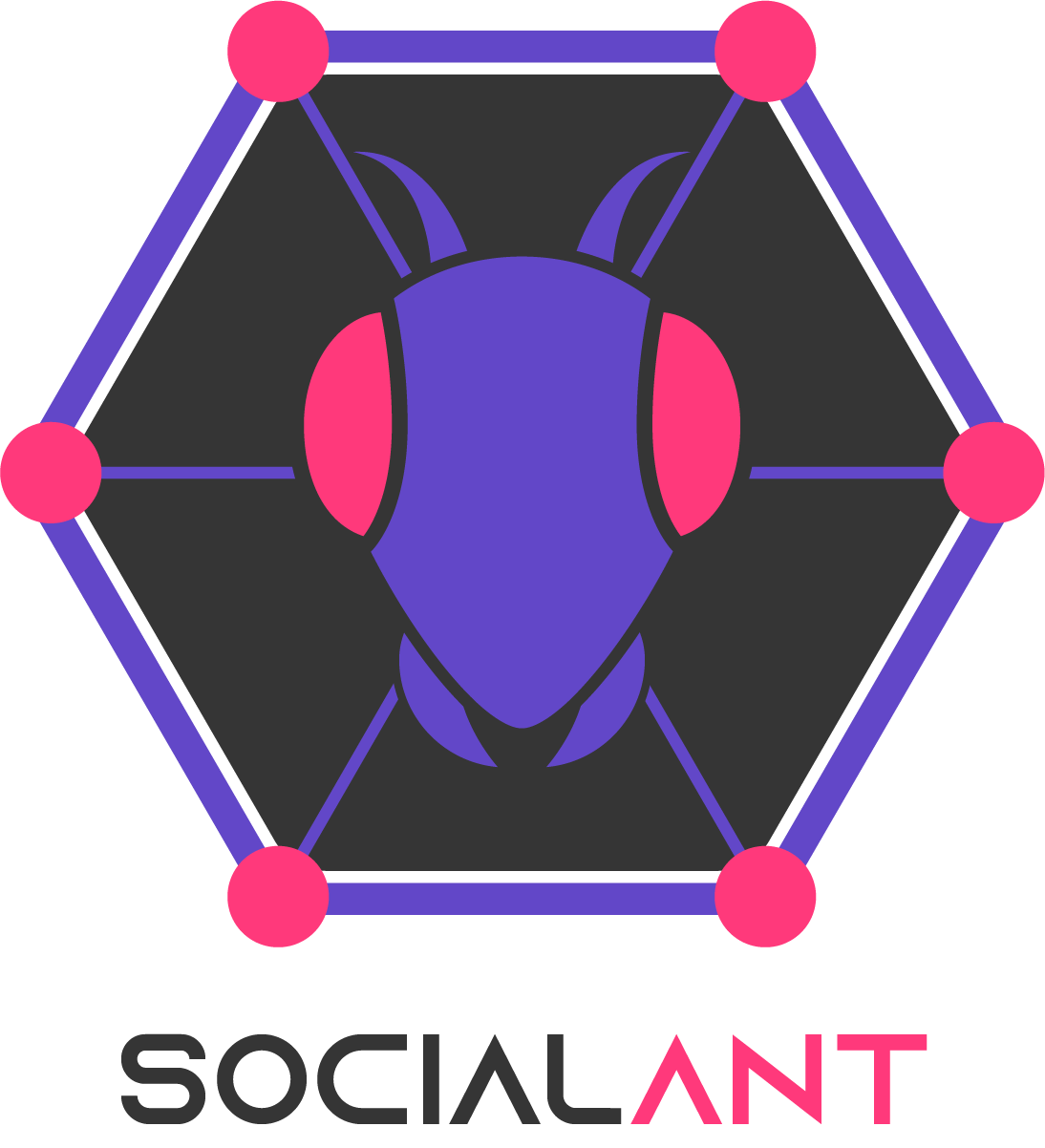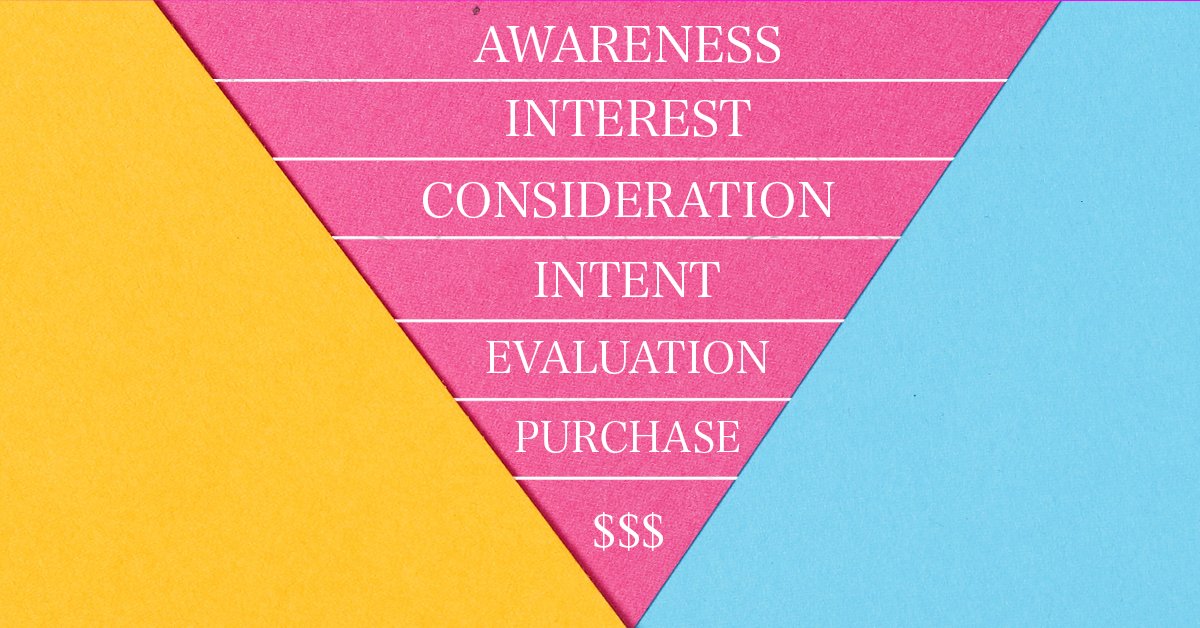The Marketing Funnel: What is it?
For many business owners, the concept of marketing can be hard to understand.
Essentially, marketing is the promotion of a business’ product or service. To market a product effectively, businesses have to understand the customers' journey and how they’re funneling their audience towards making a purchase.
The Marketing Funnel was made to depict the customers’ purchasing journey with your business, product, and service. Think of it as a literal funnel with the entrance being the start of a prospective customer’s journey and the bottom being the purchase of your product or service.
Understanding the marketing funnel is crucial to understanding your customers. Building a strategy surrounding this idea can help improve and optimize your marketing tactics which will lower your return on investment, grow your customer base, and develop your brand!
In this article, we’re going to go over each stage of the marketing funnel and break it down so you can understand your customers at a deeper level.
STAGE 1: AWARENESS
The AWARENESS stage is where potential customers are drawn into your marketing campaigns through consumer research and discovery.
Utilizing different marketing channels and exposing your business through events, advertisements, content, social media posts, and more, a level of trust and thought leadership in your business is established in the minds of potential customers.
This is also the stage at which lead generation takes place by collecting the customer’s information and entering it into a customer management system (CRM).
STAGE 2: INTEREST
The INTEREST stage is where the customer learns more about a company, its products, and its services. It is also where brands develop a relationship with their leads.
By this point, your business has already captured the information of potential customers. It is now your job to reach out and communicate with that them to continue their interest. Think of it as building a relationship between you and your customers.
These relationships can be nurtured through emails, content that is more targeted, classes, newsletters, and more. The key is to offer value. What can the customer gain by engaging with your business? What will keep them coming back for more? Also, what is it that they’re looking for and how can you help?
STAGE 3: CONSIDERATION
In the CONSIDERATION stage, leads are now qualified and are viewed as prospective customers!
At this stage, marketers can send these prospects more info about the products and services that the customers have shown interest in. This can be done through offers and automated emails.
Email automation is a tactic used in email marketing, where a chain of email events is programmed to automatically send specific information to customers.
For example, let’s say you are marketing two products so you send an email to your customer list showcasing both of them. Two customers open your email. One clicks a button that shows product A and the other clicks a button that shows product B. If you’ve set up email automation that’s customized to each product, an email containing more details on product A can be sent to the customer who viewed product A. The same can be done respectively for the customer who viewed product B.
Strategies like this can also continue to nurture your customers in this stage with targeted content, free trials, and other relevant channels that will lead them further down the marketing funnel.
STAGE 4: INTENT
In the INTENT stage, prospects demonstrate an interest in purchasing a product or service.
At this stage, customers are getting ready to buy. A customer’s intent can be determined through surveys, demos, or in the case of an eCommerce site, placing an item in a shopping cart. However, this doesn’t necessarily mean that the customer will check out.
While this is closer to the final stage, it should be noted that a customer can exit the marketing funnel at any moment, but that’s okay! Marketers should make a strong case as to why their product is the best choice to go with.
STAGE 5: EVALUATION
In the EVALUATION stage, prospects and buyers make the final decision about whether or not to purchase.
This is when marketing and sales teams typically work closely together to nurture the decision-making process, convincing the buyer that their product/service is the best choice.
Let’s say you have a software consulting business and you have the final meeting with a potential client. At this point, you should know what your clients’ needs are, how you can fulfill them, why they should choose you over other companies, and how your continued relationship will prove the most beneficial to their investment.
Both market research and sales strategies are required to close the deal.
STAGE 6: PURCHASE
Congratulations, you've succeeded!
In the PURCHASE stage, the prospect has made the decision to buy your product or service, turning them into a customer. At this point, the marketing team hands things off to the sales team to take care of the purchase transaction.
If customers are taken through a positive experience, this can lead to referrals that fuel the marketing funnel and starts the process over again.
The marketing funnel is an effective breakdown and visualizer of the customer’s journey. Now that you have an understanding of it, you can utilize various digital marketing channels to create a cohesive marketing strategy that will lead to new customers and sales.
To learn more about how you can grow your business through digital marketing, contact us today!








